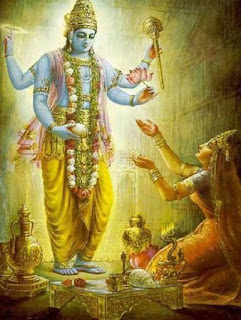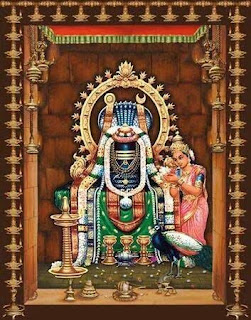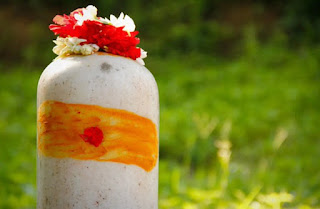
SIGNIFICANCE OF EATING CURD (DAHI) Milk and milk products are a vital part of our Dharma. Sri Krishna’s association with butter and worship of Kamdhenu underline the importance attached to milk. Dahi/ curd/ Yogurt is a form of milk and a wonder drug for body. Curd aids digestion and acts as a natural laxative. It has many vital nutrients like calcium, vitamin B-2, vitamin B-12, potassium, and magnesium. It is easier to digest so those who have problem in having milk due to lactose intolerance can eat curd. The tradition of giving curd-sugar (दही चीनी) to a student before going to give exams is because this combination cools the body and helps to check stress. Curd is rich in calcium, which triggers less production of cortisol and helps in losing weight. The anti-fungal property of yogurt makes it the best remedy for removing dandruff. Eating curd everyday helps in reducing cholesterol levels, thus lowering the risk of high blood pressure and hypertension. Yogurt in face packs acts as a...







